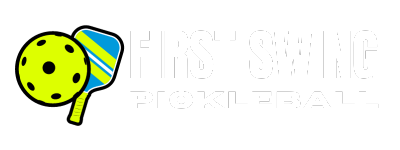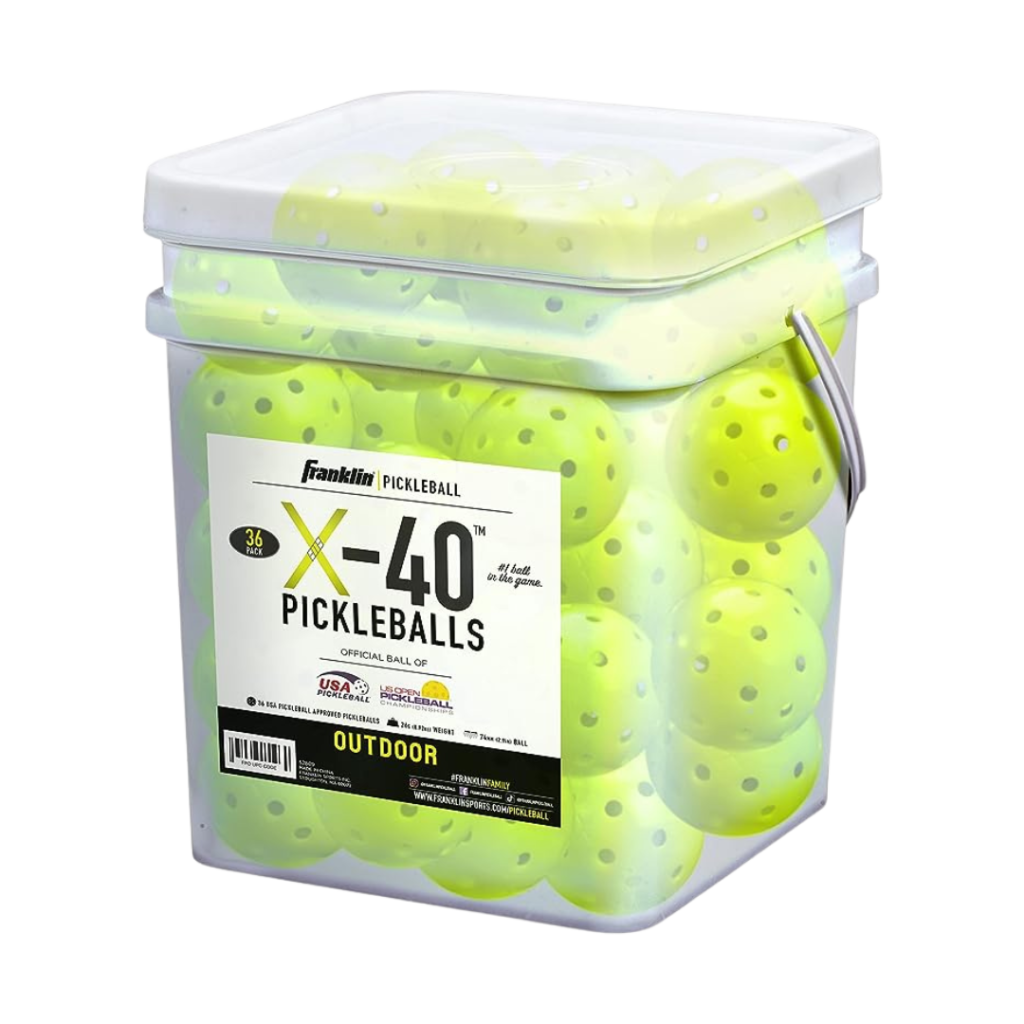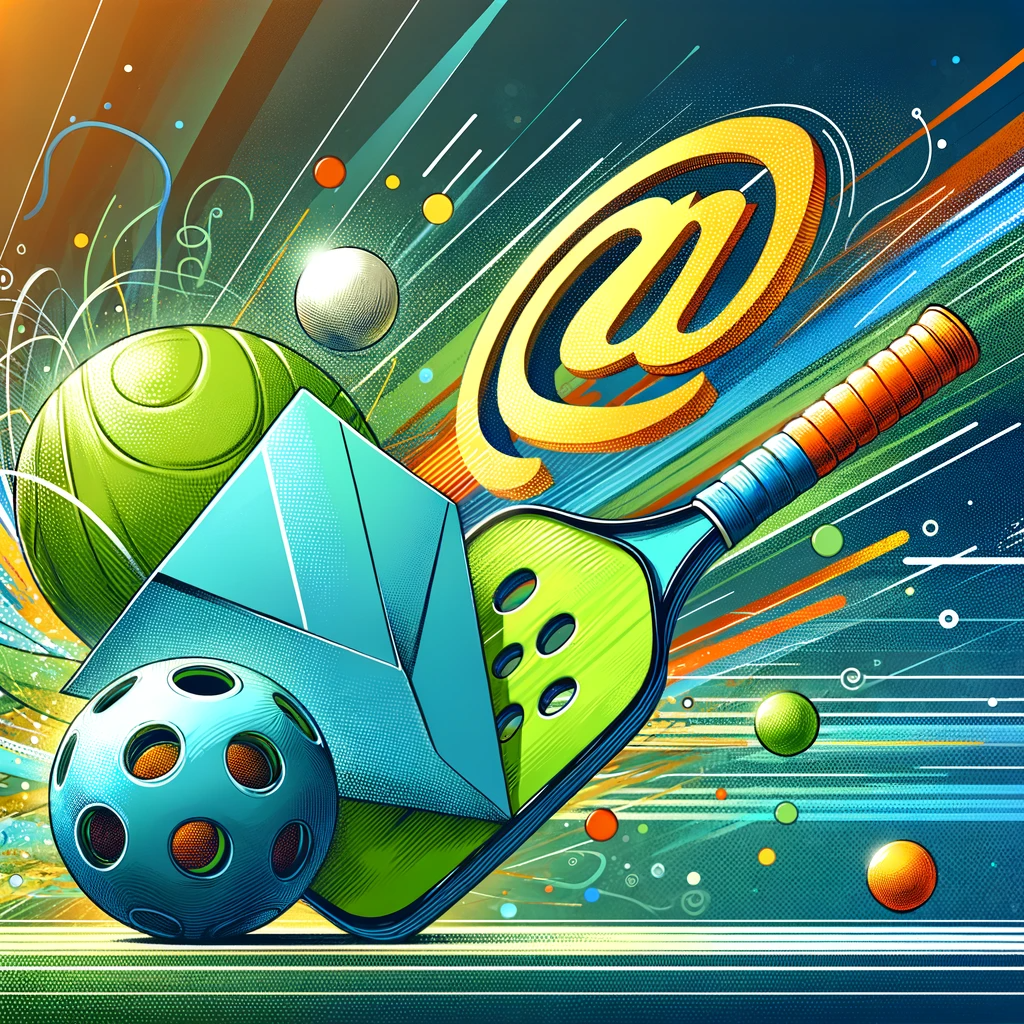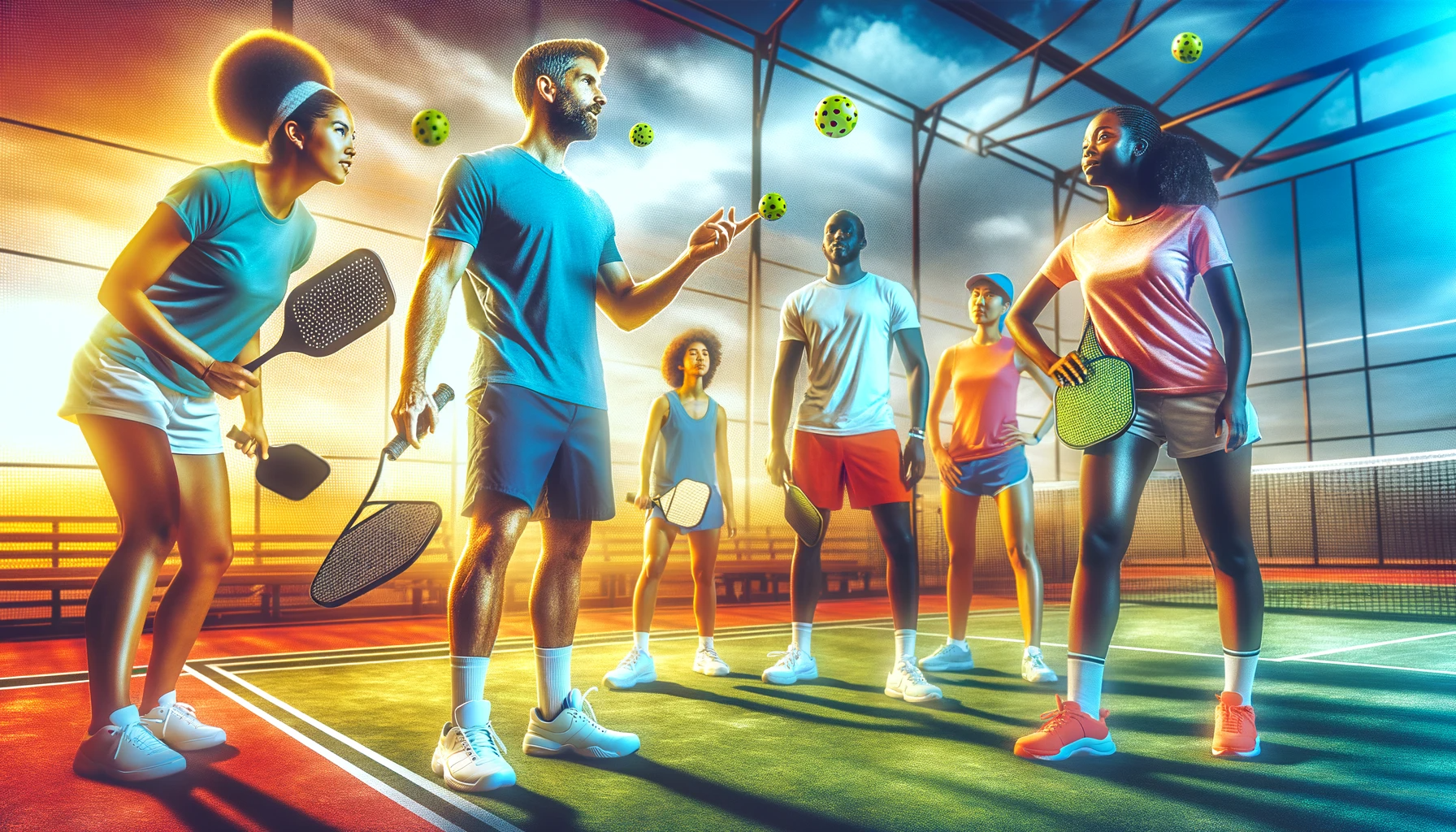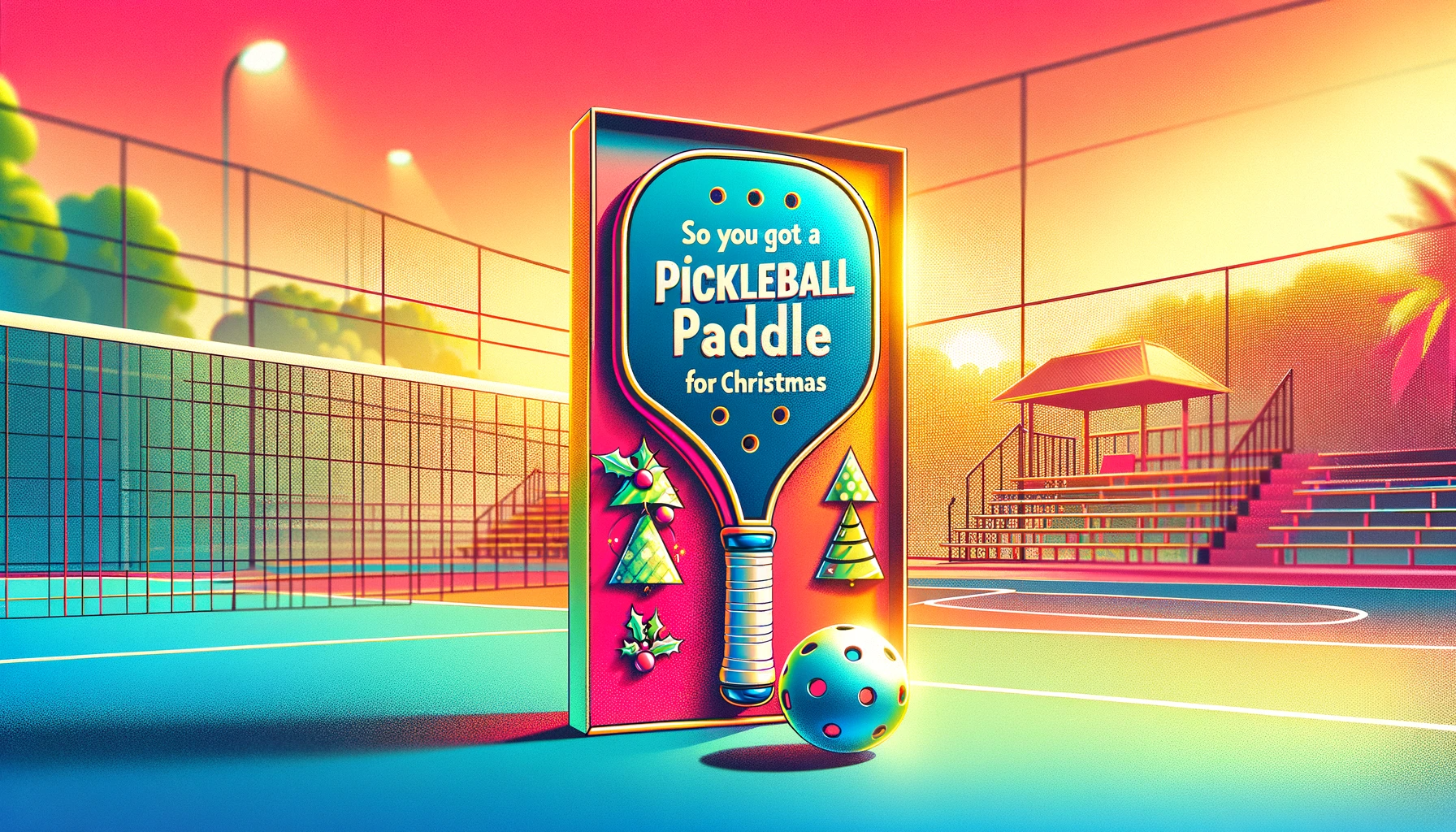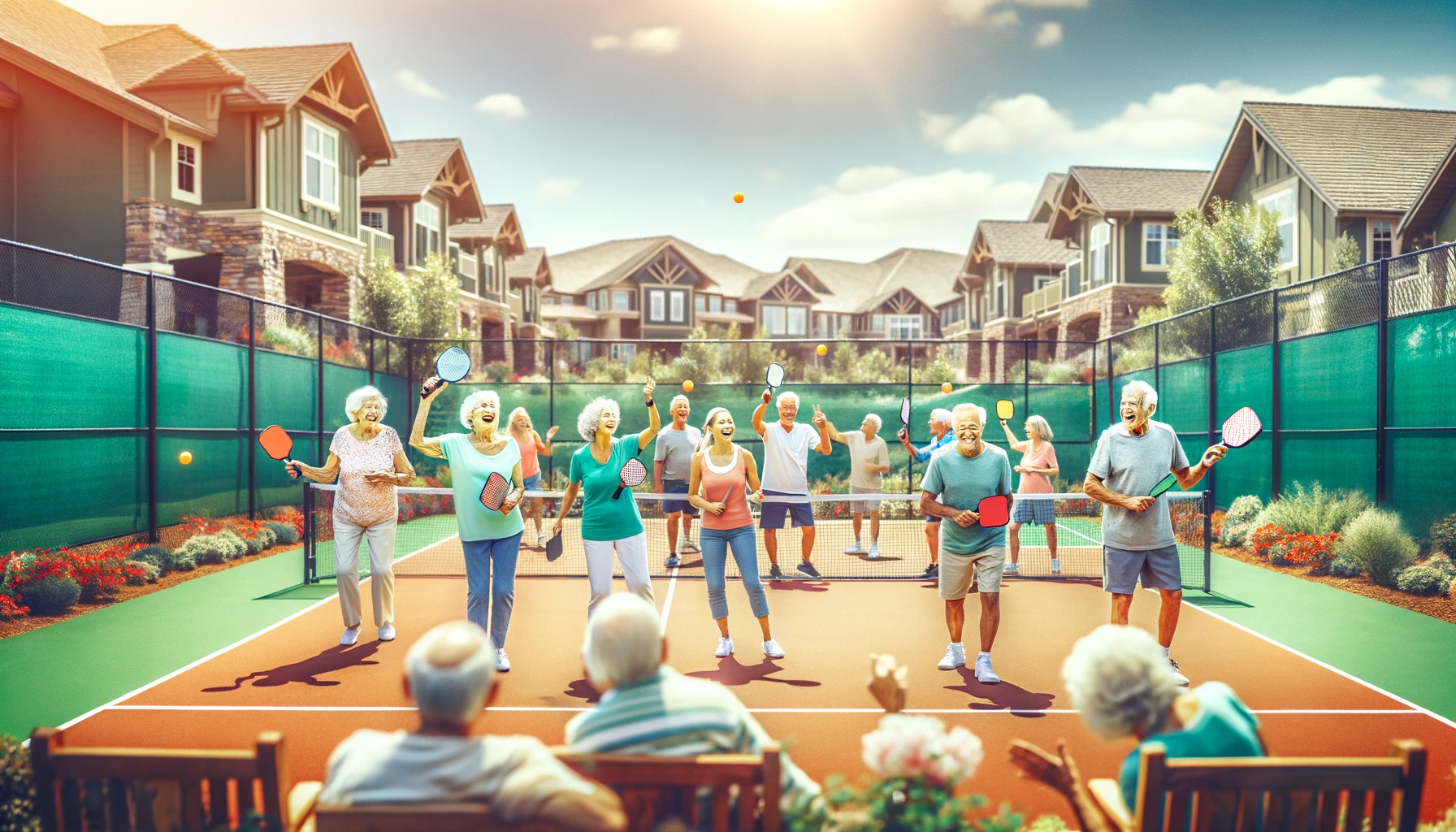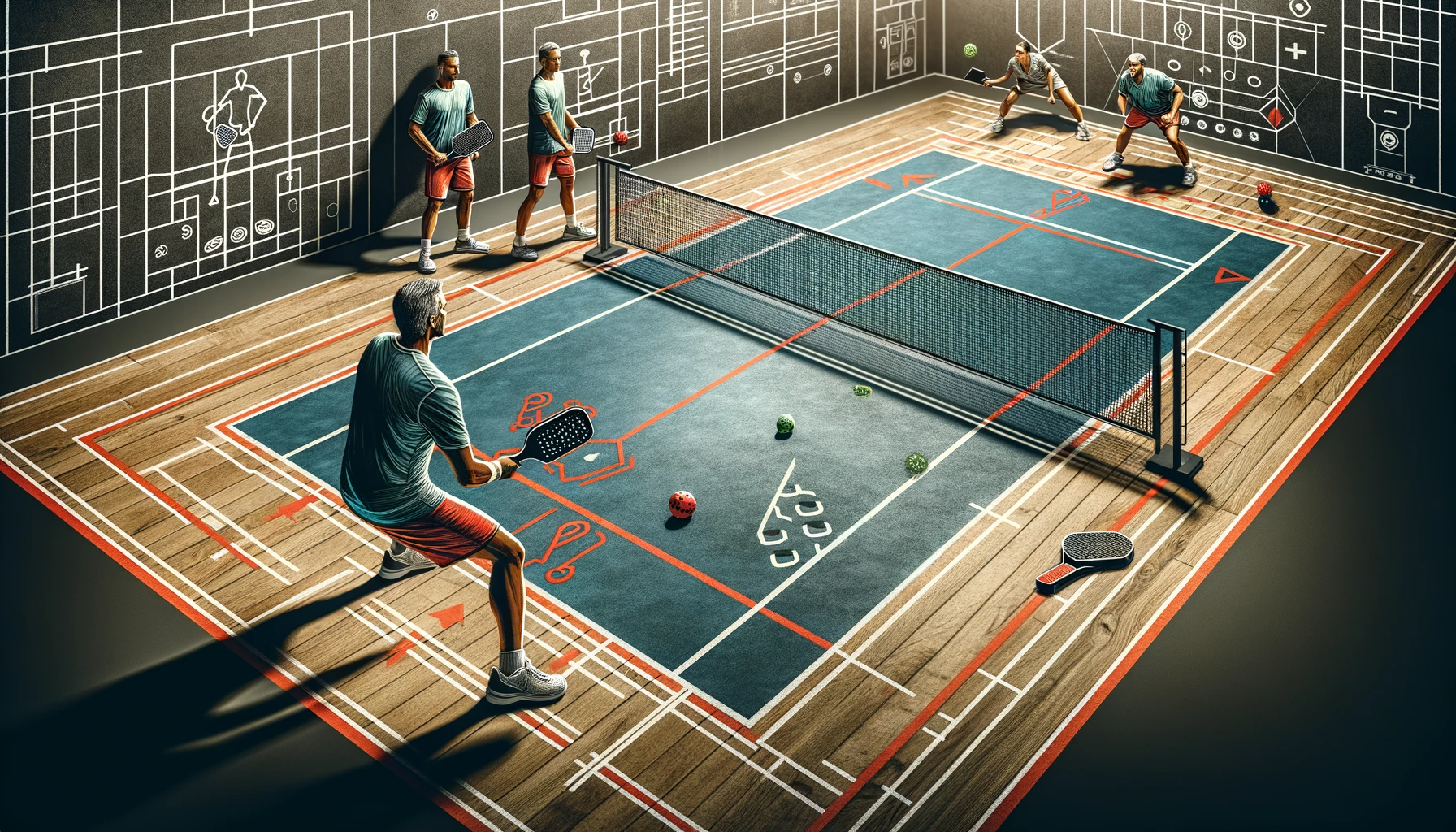
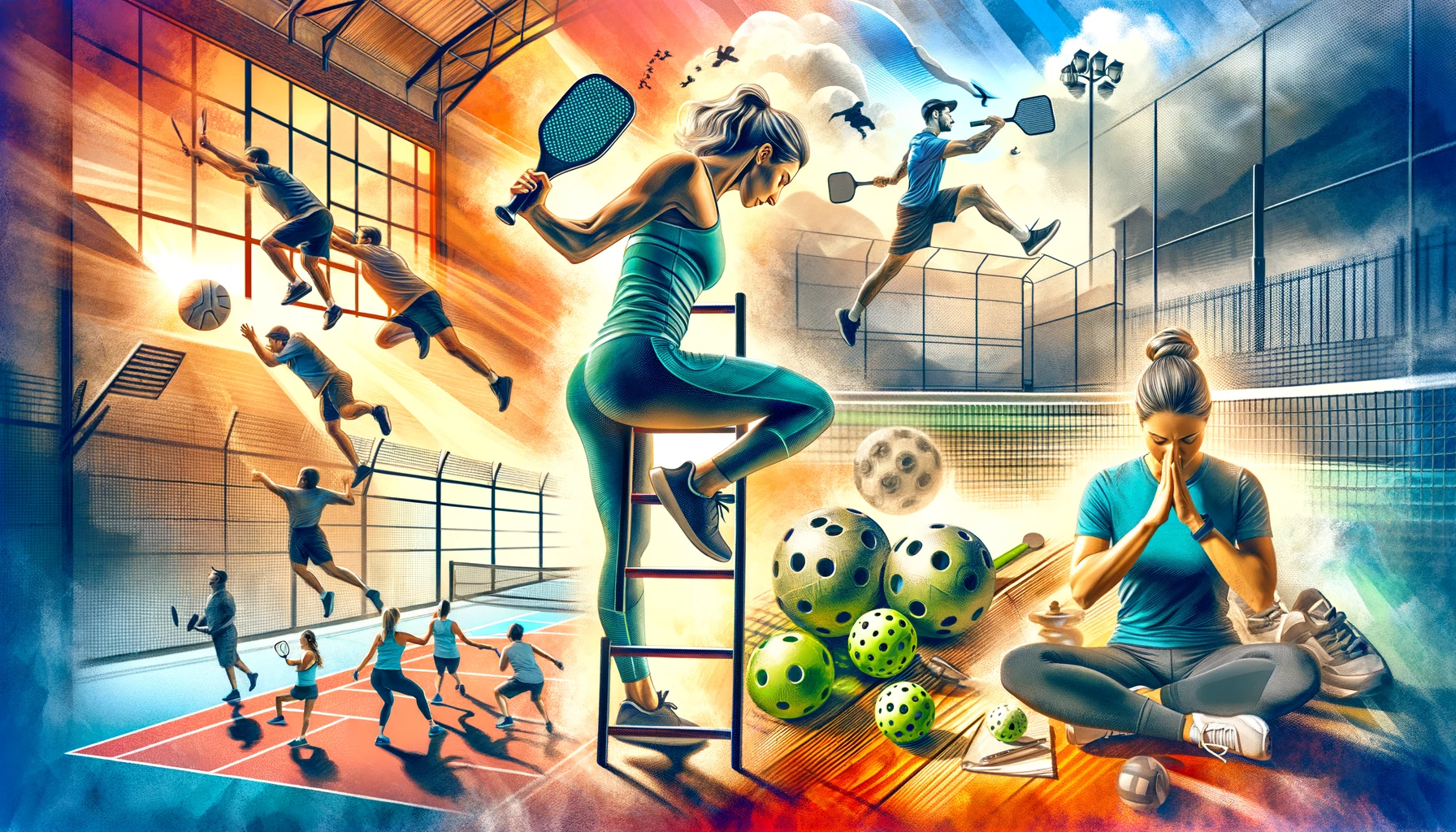
Cross-Training for Pickleball Players: Effective Cross-Training Exercises to Enhance Skills
Pickleball, a rapidly growing sport that combines elements of tennis, badminton, and table tennis, has captured the interest of athletes and enthusiasts worldwide. Its unique blend of strategy, agility, and social interaction makes it appealing to a broad audience. However, like any sport, mastering pickleball requires more than just learning the rules and techniques. Cross-training plays a crucial role in enhancing a player's performance on the court. In this comprehensive guide, we'll explore effective cross-training exercises specifically tailored for pickleball players, aiming to improve their overall game and reduce the risk of injury. Whether you're a beginner or a seasoned player, this article will provide valuable insights into how to complement your pickleball skills with a robust cross-training regimen.
Understanding Cross-Training
What is Cross-Training?
Cross-training refers to an exercise regimen that involves several different types of exercise or training methods. This approach is designed to improve overall performance, address various muscle groups, and reduce the risk of injury from repetitive strain. For pickleball players, cross-training is vital for developing a well-rounded athletic ability, enhancing skills that are directly transferable to the court.
Benefits of Cross-Training for Pickleball Players
- Injury Prevention: By strengthening diverse muscle groups, players can reduce their risk of common pickleball injuries.
- Improved Athletic Performance: Cross-training enhances overall athletic abilities, including endurance, strength, and agility, which are crucial for pickleball.
- Mental Engagement: Engaging in different forms of exercise can prevent burnout and keep training routines fresh and motivating.
- Skill Enhancement: Exercises that focus on agility, balance, and coordination can directly improve a player's game skills.
Key Physical Skills Needed in Pickleball
To excel in pickleball, players need a combination of cardiovascular endurance, strength, agility, balance, and mental focus. Each aspect plays a critical role in how a player performs during a game, from sustaining energy levels to executing precise shots.
Cardiovascular Endurance for Pickleball
Importance of Cardio for Pickleball Players
Cardiovascular endurance is fundamental in pickleball for maintaining energy throughout long rallies and matches. It helps in faster recovery between points and improves overall stamina.
Recommended Cardiovascular Exercises
- Running or Jogging: Enhances stamina and endurance. Interval running can be particularly beneficial for mimicking the stop-start nature of pickleball.
- Cycling: Builds leg strength and endurance without heavy impact on the joints.
- Swimming: Provides a full-body workout and enhances lung capacity, beneficial for endurance.
- High-Intensity Interval Training (HIIT): Mimics the quick bursts of activity in pickleball, improving both speed and endurance.
Integrating Cardio into a Pickleball Training Regimen
- Consistency: Aim for at least 30 minutes of cardio, three to five times a week.
- Variety: Mix different types of cardio workouts to engage different muscle groups and prevent monotony.
- Specificity: Tailor your cardio exercises to mimic the movements and pace of pickleball where possible.
Strength Training for Enhanced Performance
Role of Strength in Pickleball
Strength plays a pivotal role in pickleball, influencing everything from the power behind shots to the ability to move quickly across the court. Strong muscles not only enhance performance but also provide better support to the joints, reducing the risk of injury.
Essential Strength Training Exercises for Players
- Squats and Lunges: These exercises strengthen the legs and core, which are essential for powerful movements and stability during the game.
- Upper Body Workouts: Exercises like push-ups, dumbbell presses, and pull-ups strengthen the arms, shoulders, and chest, aiding in more forceful and controlled shots.
- Core Strengthening: Planks, Russian twists, and bicycle crunches improve core stability, which is crucial for balance and power in pickleball.
Safe Practices and Gradual Progression in Strength Training
- Start Slowly: Begin with lighter weights and fewer repetitions, gradually increasing intensity.
- Focus on Form: Prioritize correct form to prevent injuries and maximize the effectiveness of each exercise.
- Rest and Recovery: Allow adequate rest between strength training sessions to enable muscle recovery.
Agility and Flexibility
Agility's Importance in Pickleball
Agility – the ability to move quickly and change direction with ease – is essential in pickleball for responding rapidly to opponents' shots and moving efficiently around the court.
Exercises to Improve Agility and Flexibility
- Ladder Drills: Enhance footwork and coordination, crucial for quick movements on the court.
- Cone Drills: Improve directional changes and speed, mimicking the movement patterns in pickleball.
- Yoga and Stretching: Increase flexibility, reduce muscle stiffness, and enhance range of motion, contributing to better agility.
Incorporating Agility Drills into Practice Sessions
- Regular Practice: Include agility and flexibility exercises in regular training routines, at least 2-3 times a week.
- Dynamic Warm-Ups: Use agility drills as a part of the warm-up to prepare the body for the demands of pickleball.
- Cool Down with Stretching: End each training session with stretching exercises to improve flexibility and aid in recovery.
Balance and Coordination Training
The Need for Balance and Coordination in Pickleball
Balance and coordination are crucial for maintaining stability during play and executing precise shots. They also play a role in preventing falls and injuries on the court.
Effective Balance and Coordination Exercises
- Single-Leg Exercises: Practices like single-leg squats and single-leg deadlifts improve balance and strengthen stabilizer muscles.
- BOSU Ball Workouts: Using a BOSU ball for exercises like squats and planks challenges and improves balance.
- Coordination Drills: Activities like ball tosses while balancing or mirror drills with a partner can enhance hand-eye coordination and spatial awareness.
Tips for Integrating These Exercises into Routines
- Consistency is Key: Regularly include balance and coordination exercises in your training routine.
- Progressive Difficulty: Start with simpler exercises and gradually introduce more challenging ones as your balance and coordination improve.
- Incorporate in Daily Activities: Try to include balance and coordination exercises in everyday activities, like standing on one leg while brushing teeth or squatting to pick things up.
Mental Training and Strategy
Mental Toughness in Pickleball
Mental strength is as crucial as physical prowess in pickleball. It involves maintaining focus, handling pressure, and making quick strategic decisions during play.
Exercises for Mental Training and Strategic Thinking
- Visualization Techniques: Imagine playing perfect shots and winning points, which can improve confidence and performance.
- Mindfulness and Meditation: Practices to enhance concentration, reduce anxiety, and stay present during games.
- Game Scenario Practice: Simulate different game situations in practice to develop strategic thinking and adaptability.
The Role of Visualization and Mental Rehearsal
- Visualizing successful plays and strategies can enhance muscle memory and prepare the mind for actual game scenarios.
- Regular mental rehearsal can lead to improved reaction times and decision-making skills on the court.
Recovery and Injury Prevention
Importance of Recovery in Cross-Training
Recovery is essential to prevent overtraining and injuries, ensuring that the body has time to heal and strengthen after workouts.
Techniques for Effective Recovery
- Adequate Sleep: Ensure sufficient rest to support muscle recovery and mental well-being.
- Nutrition and Hydration: Consume a balanced diet and stay hydrated to fuel the body for recovery and performance.
- Active Recovery: Low-intensity activities like walking or gentle stretching can aid in muscle recovery and flexibility.
Injury Prevention Strategies for Pickleball Players
- Warm-Up and Cool-Down Routines: Essential to prepare the body for exercise and decrease the risk of injury.
- Proper Technique: Always use correct form and technique during both pickleball play and cross-training exercises.
- Listen to Your Body: Pay attention to any signs of pain or discomfort and seek professional advice if necessary.
Conclusion
Cross-training is an invaluable component of a comprehensive training regimen for pickleball players. It not only enhances physical capabilities—such as strength, endurance, agility, and flexibility—but also bolsters mental toughness and strategic acumen. By embracing a diverse array of exercises, players can develop a well-rounded skill set that translates into improved performance on the court. From cardiovascular workouts to strength training, and from agility drills to mental exercises, each aspect of cross-training contributes to a player's ability to excel in pickleball.
Remember, the key to effective cross-training lies in consistency, variety, and balance. Incorporating different types of exercises tailored to the specific demands of pickleball ensures a holistic approach to fitness and skill development. Additionally, paying attention to recovery and injury prevention is crucial for sustaining a long and healthy engagement with the sport.
Whether you're just starting out or looking to elevate your game, integrating cross-training into your routine can lead to significant improvements. With dedication, practice, and a well-rounded approach to fitness, you'll be well on your way to mastering the dynamic and exciting game of pickleball.
FAQs
- What is the best cross-training exercise for pickleball players?
- The best exercise varies based on individual needs, but a combination of cardio, strength training, and agility exercises is generally beneficial.
- How often should pickleball players cross-train?
- Ideally, 2-3 times a week, complemented by regular pickleball practice and rest days for recovery.
- Can cross-training help prevent injuries in pickleball?
- Yes, cross-training strengthens various muscle groups and enhances overall fitness, reducing the risk of sport-specific injuries.
- Are there any specific cross-training exercises for beginners?
- Beginners should focus on foundational exercises like jogging, basic strength training, and simple agility drills, gradually increasing intensity.
